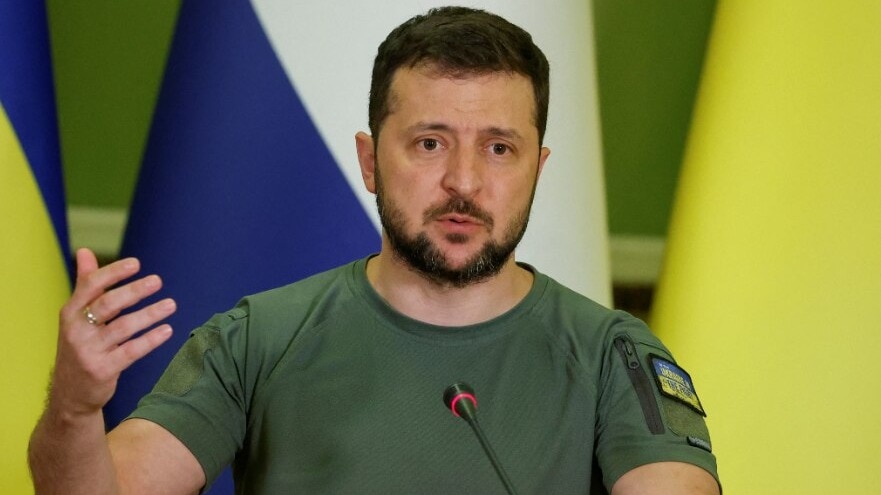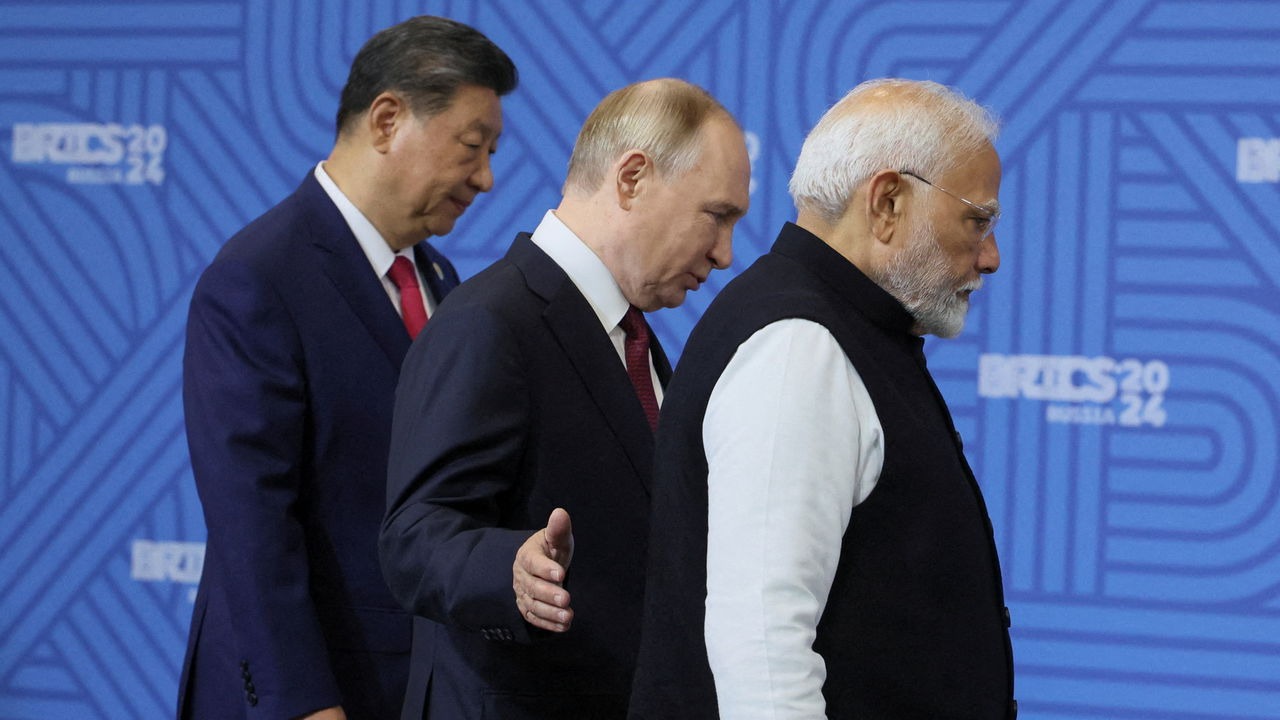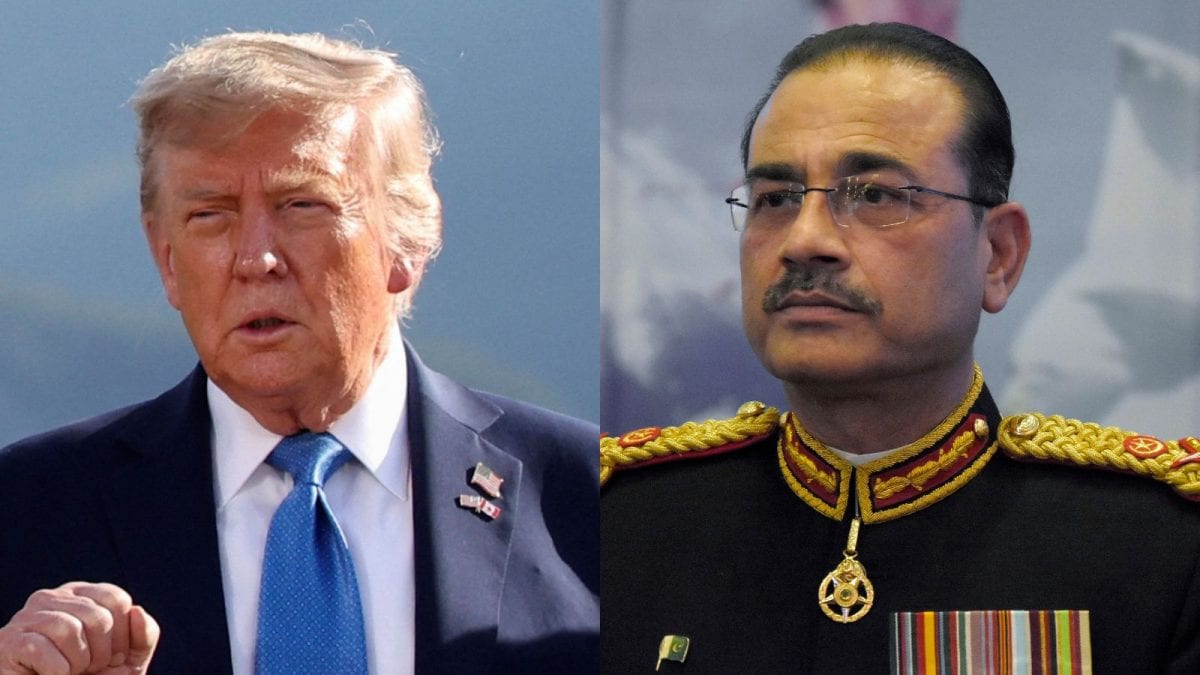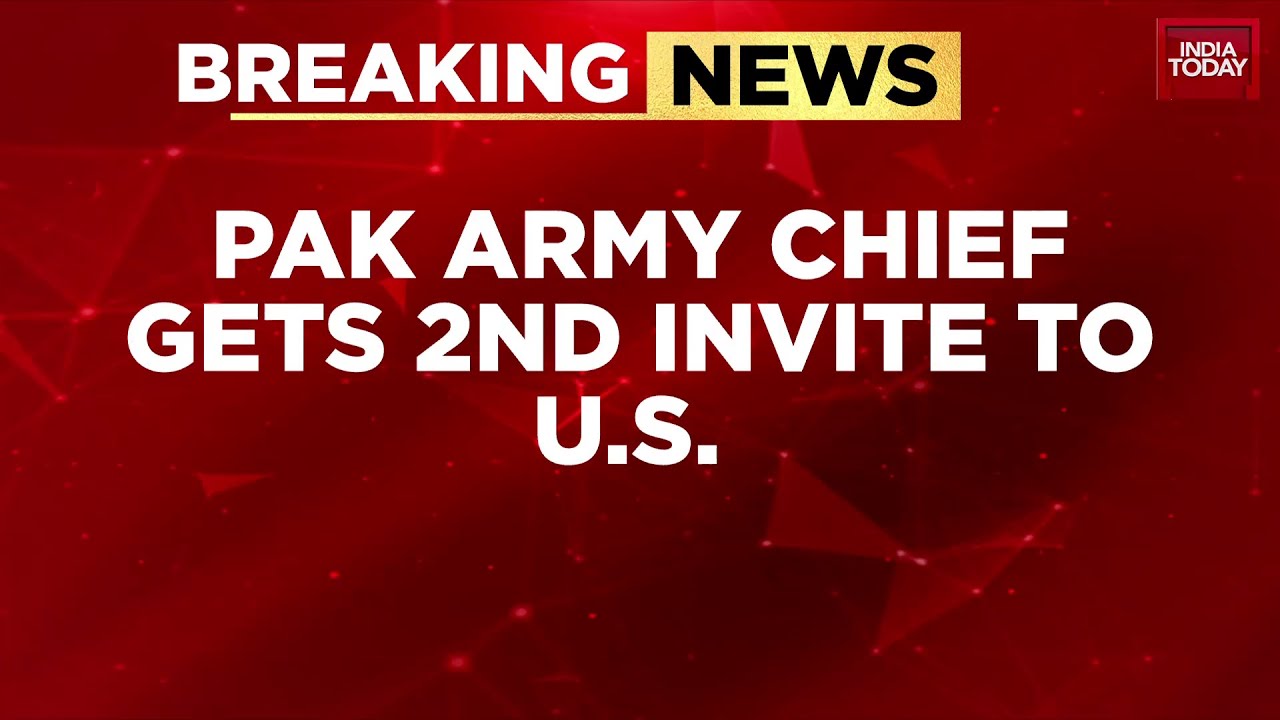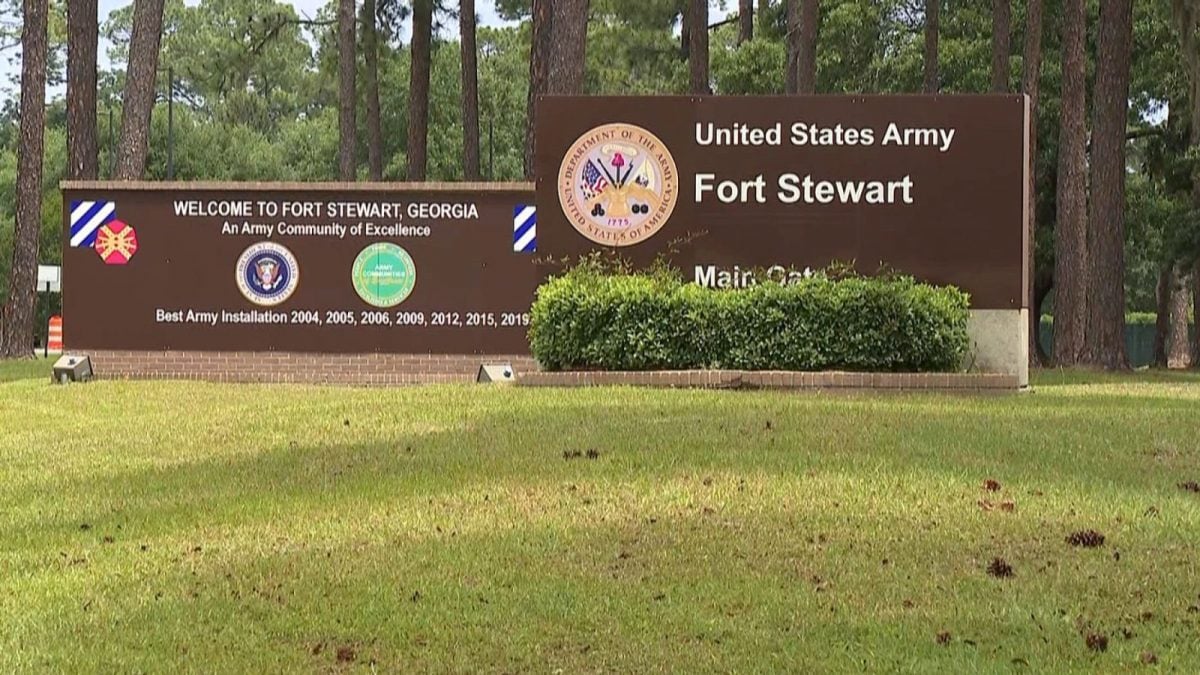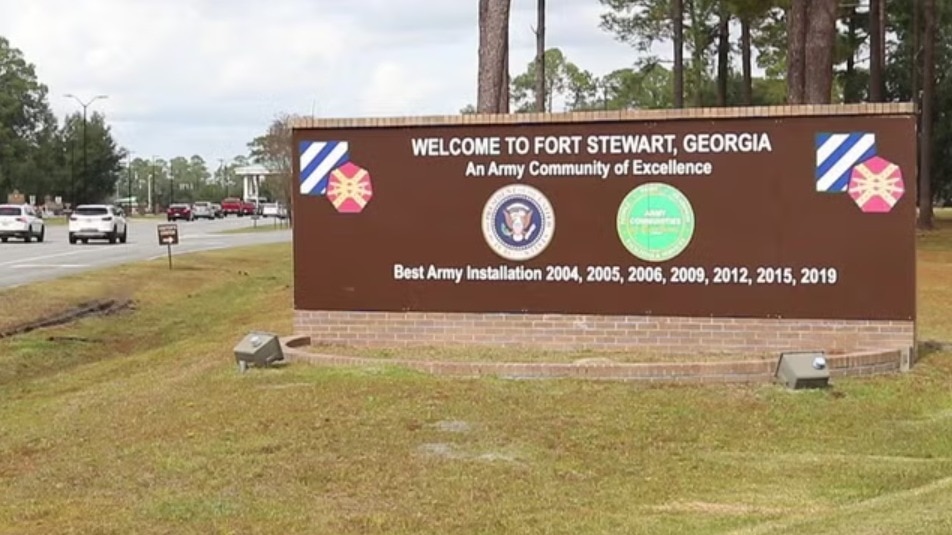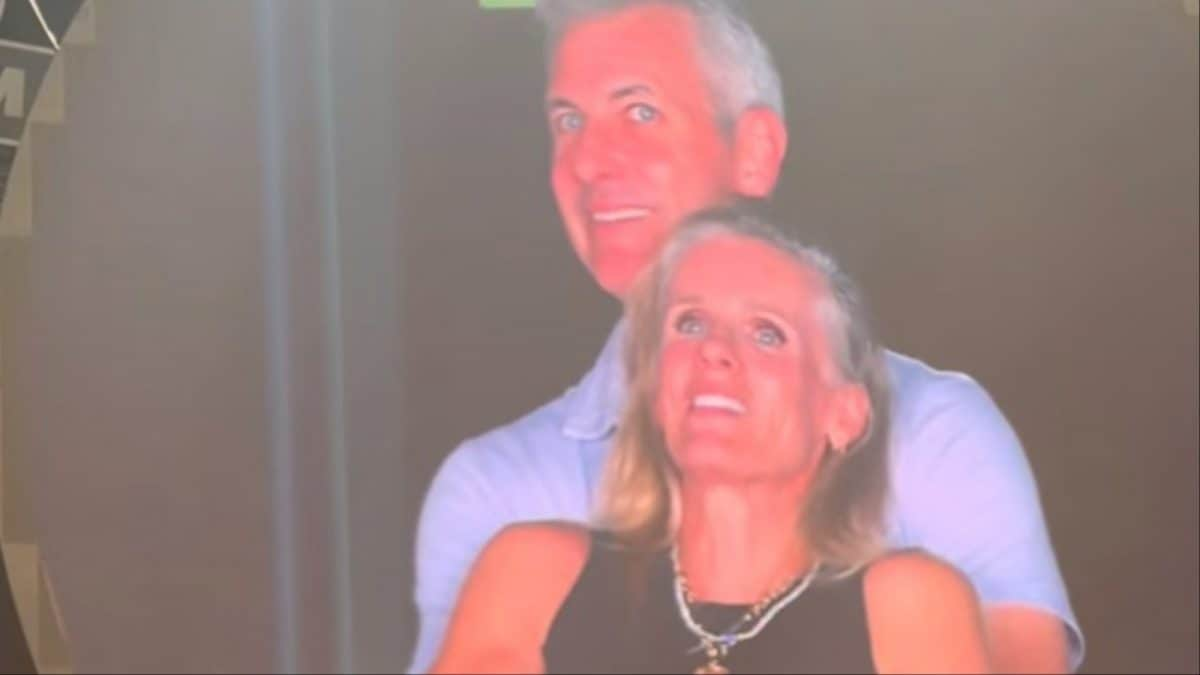Last Updated:August 06, 2025, 20:24 IST
A US Air Force WC-135R aircraft, occasionally called a "nuke sniffer", circled near Russia's northwestern Murmansk region after Moscow exited a Cold-War nuclear treaty.

A US WC-135 Constant Phoenix aircraft that detects nuclear activity. (US Air Force/File)
A US plane designed to track nuclear testing in the atmosphere flew close to Russian nuclear bases on Thursday, as per flight data, a day after Moscow announced its departure from the Cold War-era agreement between the United States and the Soviet Union, known as the 1987 Intermediate-Range Nuclear Forces (INF) Treaty.
A US Air Force WC-135R aircraft took off from RAF Mildenhall, a major UK base in the east of England, before traveling north along the coast west of Norway, Newsweek reported citing data from Flightradar24.
The aircraft was identified by the call sign COBRA29 and circled around the Barents Sea, north of Murmansk and west of the Russian Arctic archipelago of Novaya Zemlya, before returning to the UK almost 14 hours later. There has been no word from the Russian Defence Ministry.
About The ‘Nuke Sniffer’
Notably, the WC-135R aircraft, also known as Constant Phoenix or a “nuke sniffer", collects data from the atmosphere, particularly radioactive clouds that indicate nuclear activity, according to the US Air Force.
The US and UK have sent surveillance aircraft on multiple flights up close to Murmansk in recent weeks. Analysts tracking the flight online said it could indicate that Russia may soon carry out tests of its 9M730 Burevestnik nuclear-powered cruise missile at a launch site, according to Newsweek.
The weapon is believed to be able to carry multiple nuclear warheads and dodge Western air defences, while travelling close to unlimited distances. Moscow last carried out a nuclear test in late 1990.
Russia’s Murmansk region borders NATO members Norway and Finland, and it is home to several naval and strategic air bases, including those serving Moscow’s formidable Northern Fleet, which play a significant role in the country’s nuclear arsenal.
Russia Exit From Nuclear Treaty
The deployment was apparently after Russia pulled out of the treaty – which banned short and medium-range nuclear missiles – after Trump said that he had ordered the deployment of two US Navy nuclear submarines in “appropriate regions" near Russia, in response to former Russian President Dmitry Medvedev’s “highly provocative" comments.
ALSO READ: Russia Exits Nuclear Treaty With US After Submarine Threat, Cites American Weapon Deployment
Russian officials said Moscow “no longer sees itself as limited" by restrictions previously placed on both nuclear and conventional intermediate-range and short-range missiles. The feud boiled over after Donald Trump gave Ukraine a drastically shortened ceasefire deadline, slashing the window from 50 days to just under two weeks.
Medvedev accused Trump of pressuring Russia into a ceasefire with Ukraine, and warned that such ultimatums were drawing the US closer to full-scale war. He also mentioned the ‘Dead Hand’, a semi-automated Soviet-era system designed to ensure nuclear retaliation even if the Russian leadership were wiped out in a first strike, which sparked alarm.

Aveek Banerjee is a Senior Sub Editor at News18. Based in Noida with a Master's in Global Studies, Aveek has more than three years of experience in digital media and news curation, specialising in international...Read More
Aveek Banerjee is a Senior Sub Editor at News18. Based in Noida with a Master's in Global Studies, Aveek has more than three years of experience in digital media and news curation, specialising in international...
Read More
Moscow, Russia
First Published:August 06, 2025, 20:24 IST
News world US Deploys 'Nuke Sniffer' Near Russia's Nuclear Bases After Moscow Exits Cold War-Era Treaty
Disclaimer: Comments reflect users’ views, not News18’s. Please keep discussions respectful and constructive. Abusive, defamatory, or illegal comments will be removed. News18 may disable any comment at its discretion. By posting, you agree to our Terms of Use and Privacy Policy.
Read More

 4 hours ago
4 hours ago




